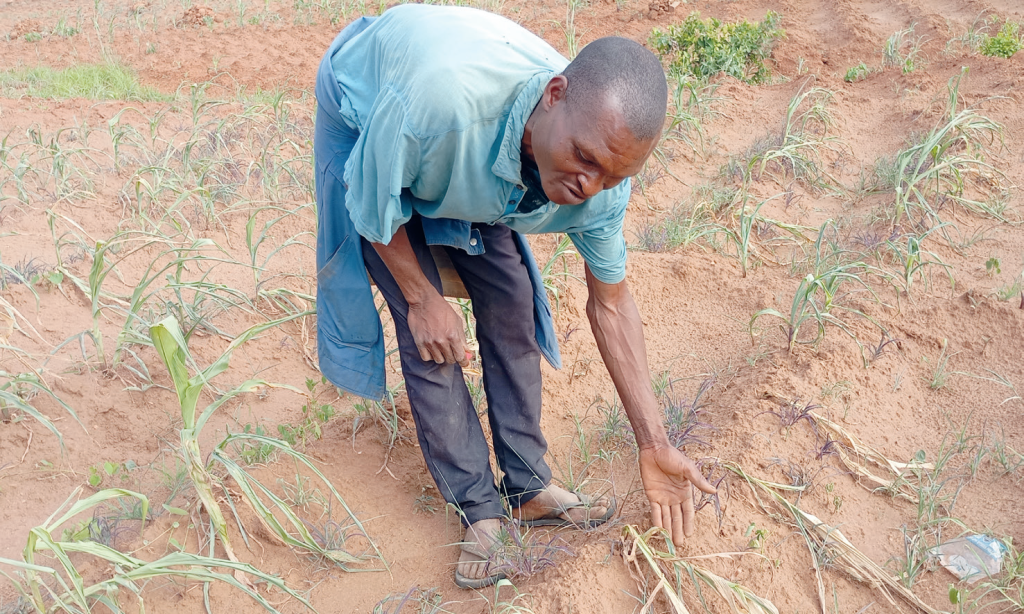Key Business Points
- Maize exports are on the rise, with some traders exporting the staple grain despite Malawi facing a maize deficit, offering opportunities for foreign exchange earnings.
- Farmers are selling maize at below recommended prices, with some selling as low as K707 per kg, highlighting the need for government intervention to stabilize prices.
- The maize deficit is expected to worsen, with a projected harvest of 2 962 620 metric tonnes against a national requirement of 3.5 million MT, emphasizing the need for strategic stockpiling and emergency measures.
Malawi’s maize industry is facing a challenging year, with a recent market research report showing that despite the country’s maize deficit, some traders have started exporting the staple grain. The report, published by the International Food Policy Research Institute, reveals that maize exports have been registered in several districts, including Chikwawa, Mulanje, Phalombe, Machinga, Mangochi, and Chitipa. Maize exports are a significant development, as they offer opportunities for foreign exchange earnings and can help mitigate the effects of the deficit.
The report notes that export margins, which refer to the difference between the export parity and the domestic retail price, have been smaller than import margins. This means that traders are selling maize at lower prices in the domestic market compared to the prices they can get in the export market. The price gap between domestic and export markets is a concern, as it can lead to further price instability and affect the livelihoods of smallholder farmers.
Malawi is facing a maize deficit, with a projected harvest of 2 962 620 metric tonnes against a national requirement of 3.5 million MT. The deficit is expected to worsen, with the government data showing that the country will not have enough maize to meet the demand. Strategic stockpiling and emergency measures are necessary to address the deficit and ensure food security.
The Grain Traders Association of Malawi has expressed concern over the informal exports, which are mainly due to the absence of local markets. The association’s president, Grace Mijiga Mhango, has proposed that the government engage formal traders to aggregate maize into idle storage space to do away with the malpractice. Pushing reserves to between 300 000 to 500 000 metric tonnes is seen as a key strategy to close the maize deficit in Malawi.
The minister of agriculture has referred to the minister of trade and industry, who has yet to respond to the questionnaire. Admarc Limited, a state produce trader, has purchased 3 100MT of maize against a targeted quantity of 20 000MT. The company is targeting to purchase 70 000MT in the 2025 harvesting season. Maize contributes significantly to the consumer price index, accounting for 53.7 percent of the basket, highlighting the need for price stability to mitigate inflation.
What are your thoughts on this business development? Share your insights and remember to follow us on Facebook and Twitter for the latest Malawi business news and opportunities. Visit us daily for comprehensive coverage of Malawi’s business landscape.
- Electricity Stability in Sight: Escom’s Plan to Energize Malawi’s Economy by February 2026 - December 21, 2025
- CTS Courier Sweeps Top Honors at BIM Awards, Fueling Malawi’s Economic Momentum - December 20, 2025
- Empowering Malawi’s Growth: Finca’s Pledge to Inclusive Finance - December 20, 2025

